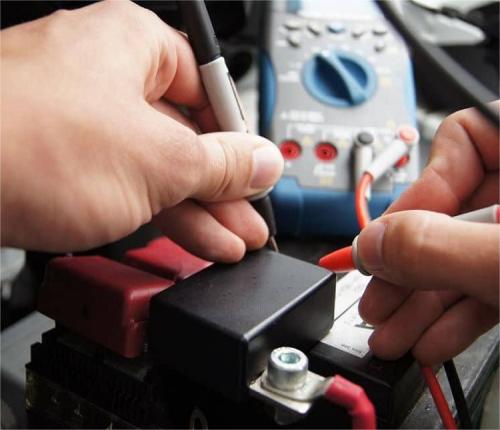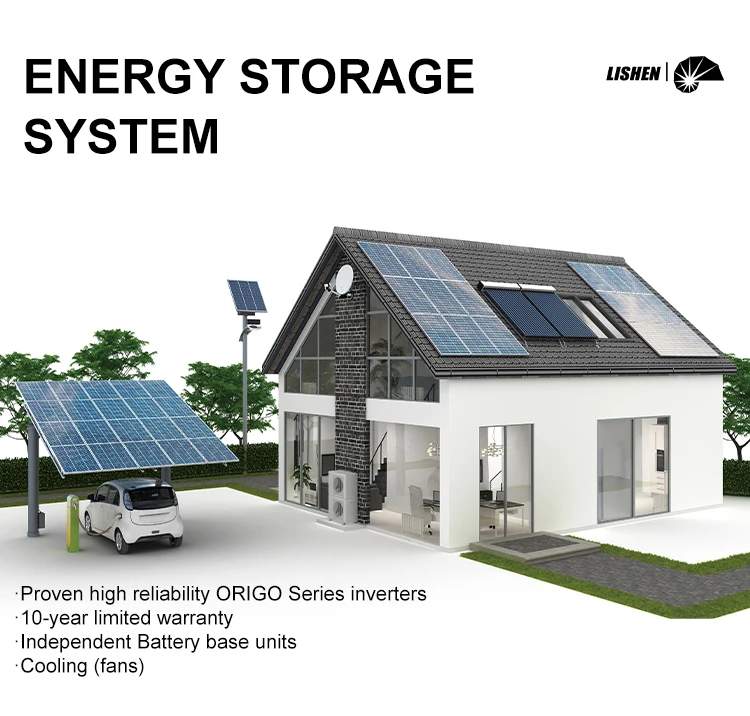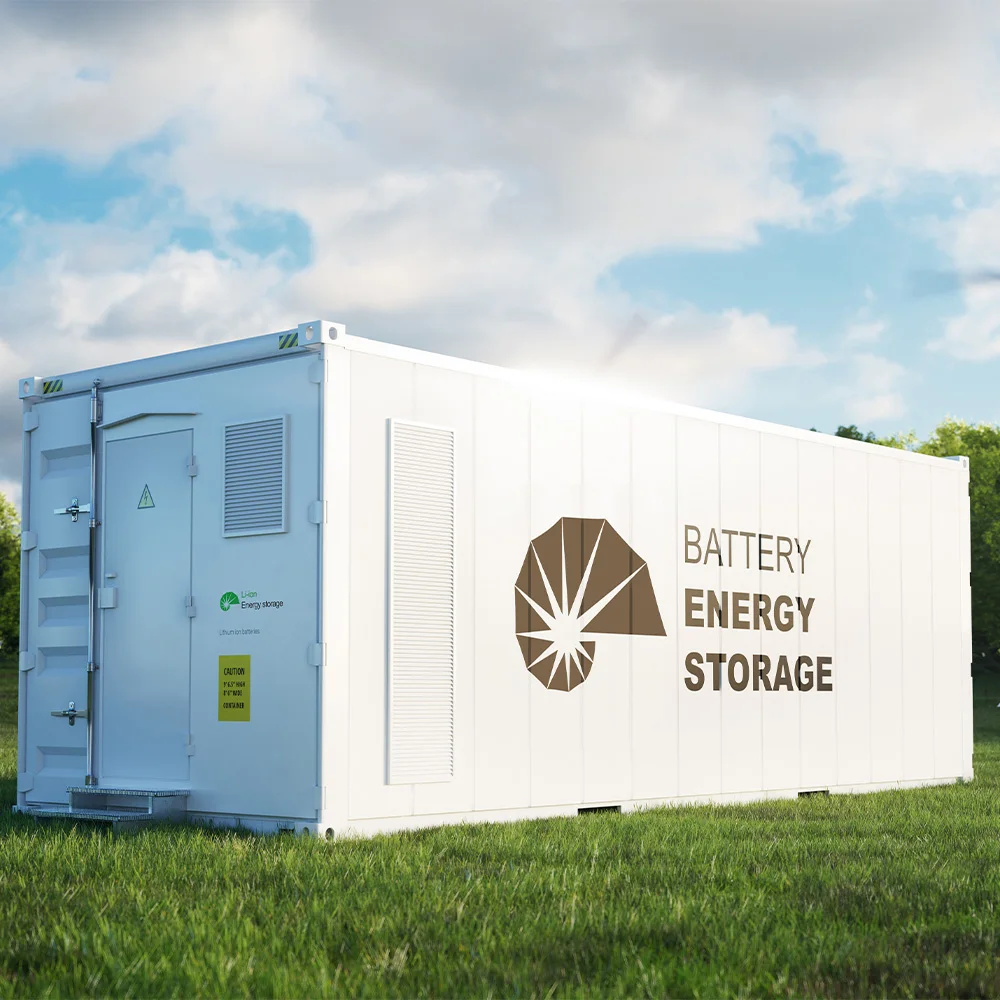Lithium-Ion Battery Care Guide
As the global demand for renewable energy continues to rise, improving the intelligence and grid compatibility of solar power plants has become a central focus for operators and developers. Two key control systems—Automatic Generation Control (AGC) and Automatic Voltage Control (AVC)—are playing increasingly vital roles in enhancing the performance, stability, and integration of solar energy into national power grids.
AGC (Automatic Generation Control) is a real-time control system that helps balance the power generation of a solar plant with the grid’s demand. In traditional power systems, AGC is commonly used to adjust the output of generators to maintain frequency stability. In the context of solar power plants, AGC enables dynamic adjustment of active power based on grid instructions, making solar generation more dispatchable and responsive.
Meanwhile, AVC (Automatic Voltage Control) focuses on maintaining voltage stability by controlling the reactive power output of the solar plant. Voltage fluctuations in the grid can lead to inefficiencies or even operational risks. AVC systems monitor grid voltage levels and automatically adjust reactive power to ensure voltage remains within the required range. This is crucial for the safe and stable operation of large-scale solar farms.
In many countries, grid operators now mandate the inclusion of AGC and AVC systems in utility-scale solar projects to ensure compatibility with modern power systems. These technologies are no longer optional but essential for grid compliance, particularly in regions with high levels of renewable penetration.
Experts point out that as solar energy takes on a greater share of global electricity supply, intelligent controls like AGC and AVC will be instrumental in transforming solar farms from passive energy sources into active, grid-supporting assets.







